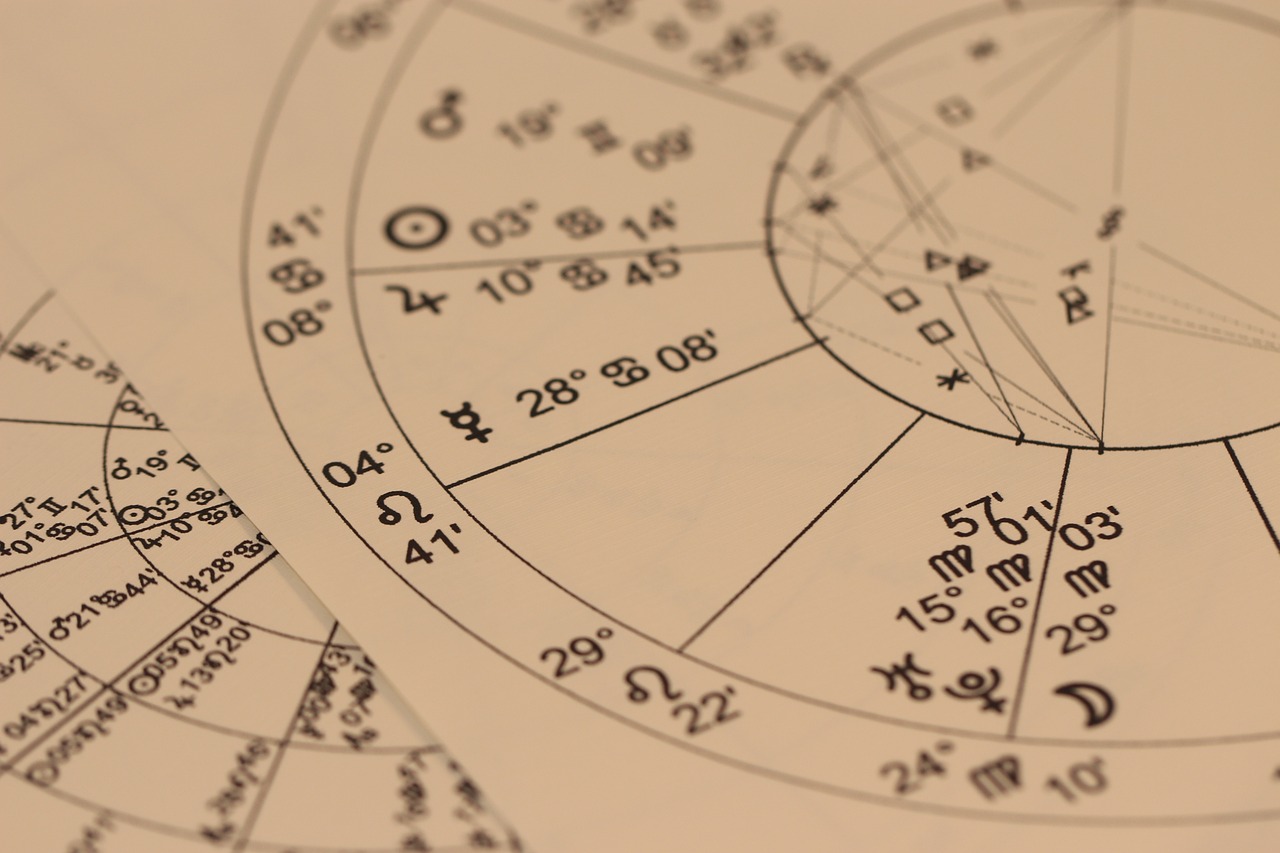Astrology Options: Systems, Readings, and Tools
Astrology offers a range of approaches for people who want to explore symbolic connections between celestial positions and personal experience. Options span from quick daily horoscopes to in-depth birth chart analyses, different cultural systems, and various tools that help interpret planetary patterns. This article outlines practical choices and what each option typically involves.

What is astrology and how is it used?
Astrology is a symbolic language that maps planetary positions and cycles onto human themes like personality, timing, and relationship dynamics. Practitioners and enthusiasts use it for self-reflection, planning, and narrative frameworks rather than as a predictive science. Options within astrology vary by technique and depth: some people read short horoscopes for general guidance, while others study natal charts, transits, progressions, or synastry for detailed context. Different schools—Western tropical, Vedic (Jyotish), and Chinese astrology—use distinct principles and calendars, so selecting an approach often depends on cultural preference, philosophical fit, and the type of insight sought.
How do the stars influence astrological systems?
The phrase “influence of the stars” in astrology refers to the positions and movements of planets and other celestial points relative to Earth, interpreted symbolically. Astronomical accuracy matters in chart calculations—accurate birth time and location determine planetary placements—but the interpretive step translates those positions into themes rather than asserting direct physical causation. Modern software and ephemerides track these positions precisely, and different systems emphasize different bodies (for instance, some traditions include asteroids or lunar nodes). When choosing an option, consider whether you want a system that focuses on planetary cycles, fixed stars, or a blend of astronomical and symbolic factors.
How does the zodiac organize personality and timing?
The zodiac is a 12-sign belt used to structure personality archetypes and timing cycles. Each sign is associated with elements (fire, earth, air, water), modalities (cardinal, fixed, mutable), and symbolic traits. In practice, zodiac signs apply to placements across a birth chart—Sun sign, Moon sign, rising sign, and planets in signs—that together form a nuanced profile. Some astrology options emphasize Sun-sign forecasts for simplicity, while more comprehensive readings weigh the full chart for a layered interpretation. Timing techniques such as transits and progressions use zodiacal positions to suggest periods of change or focus, but these are best read as symbolic prompts rather than deterministic timelines.
What role does a horoscope play in daily practice?
A horoscope typically offers interpretations of current or upcoming planetary configurations, often tailored to Sun-signs or rising signs for accessibility. Daily or weekly horoscopes are a common entry point: they provide bite-sized reflections or areas to pay attention to. For deeper practice, horoscopes can be personalized using your birth chart, which yields specific houses and aspects to monitor. Astrology options related to horoscopes range from free syndicated columns to paid personalized forecasts that incorporate transits to natal placements. Evaluate your needs—quick inspiration vs. detailed, time-bound advice—when choosing how to use horoscope services.
What information does a birth chart provide?
A birth chart (natal chart) is a snapshot of the sky at the moment and place of birth. It maps planets into zodiac signs and houses and notes geometric relationships called aspects. A full birth chart reading typically covers core motivations (Sun), emotional needs (Moon), outer presentation (rising sign), and areas of life connected to each house. Options for working with birth charts include automated chart generators, software for self-study, or consultations with a professional astrologer who can synthesize themes and timing techniques. For those seeking practical value, a birth chart can serve as a tool for self-awareness, career exploration, or relationship insight, while keeping expectations realistic about its symbolic nature.
Conclusion
Astrology Options encompass a wide set of methods—from short horoscopes to comprehensive birth chart readings and multiple cultural systems—each suited to different goals and depths of inquiry. Choosing among them depends on whether you prefer quick, general guidance or detailed, personalized interpretation. Regardless of the option, approach astrology as a symbolic system for reflection and context rather than a deterministic science, and select tools or practitioners that match the level of detail and method you find most meaningful.






